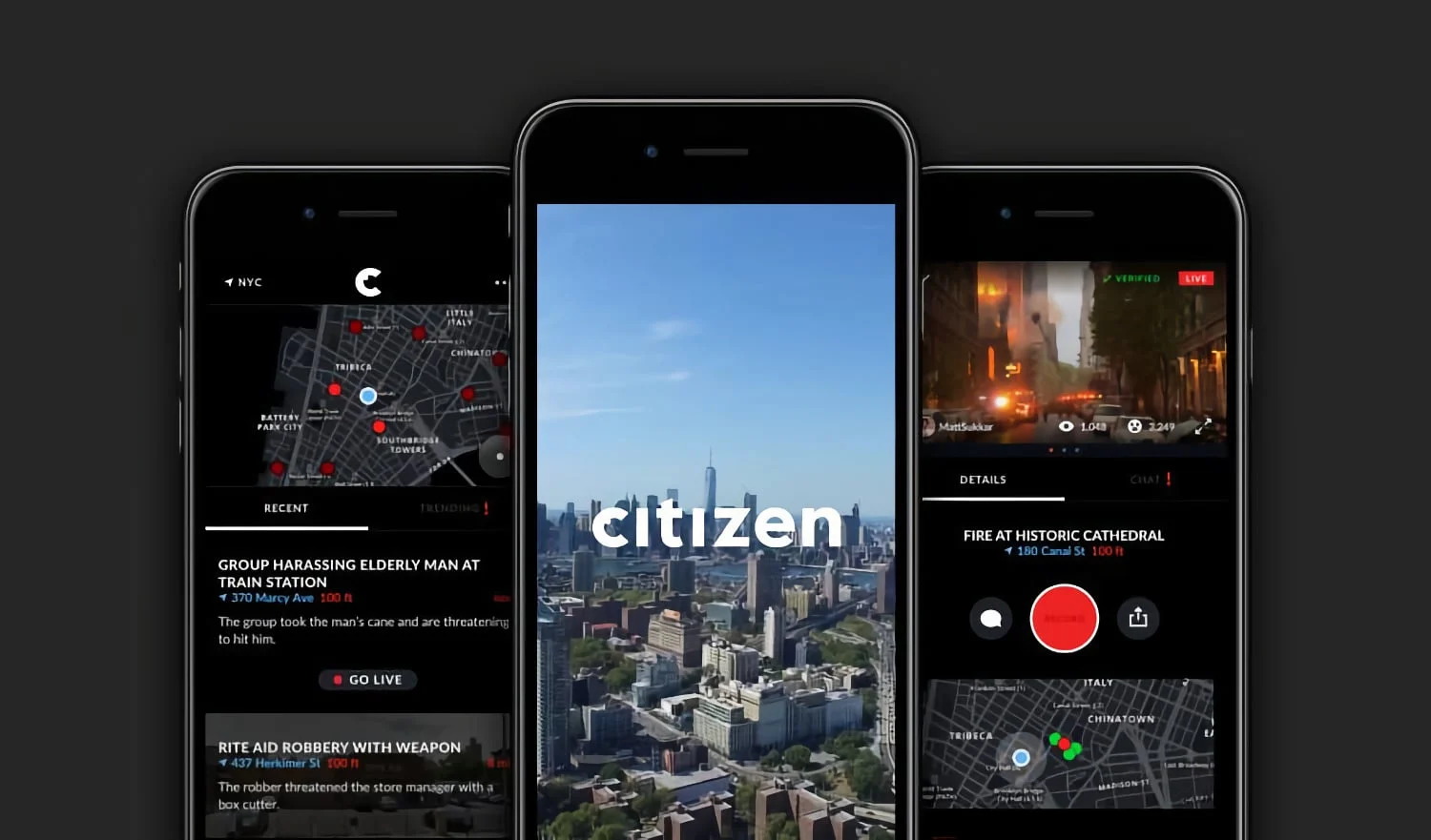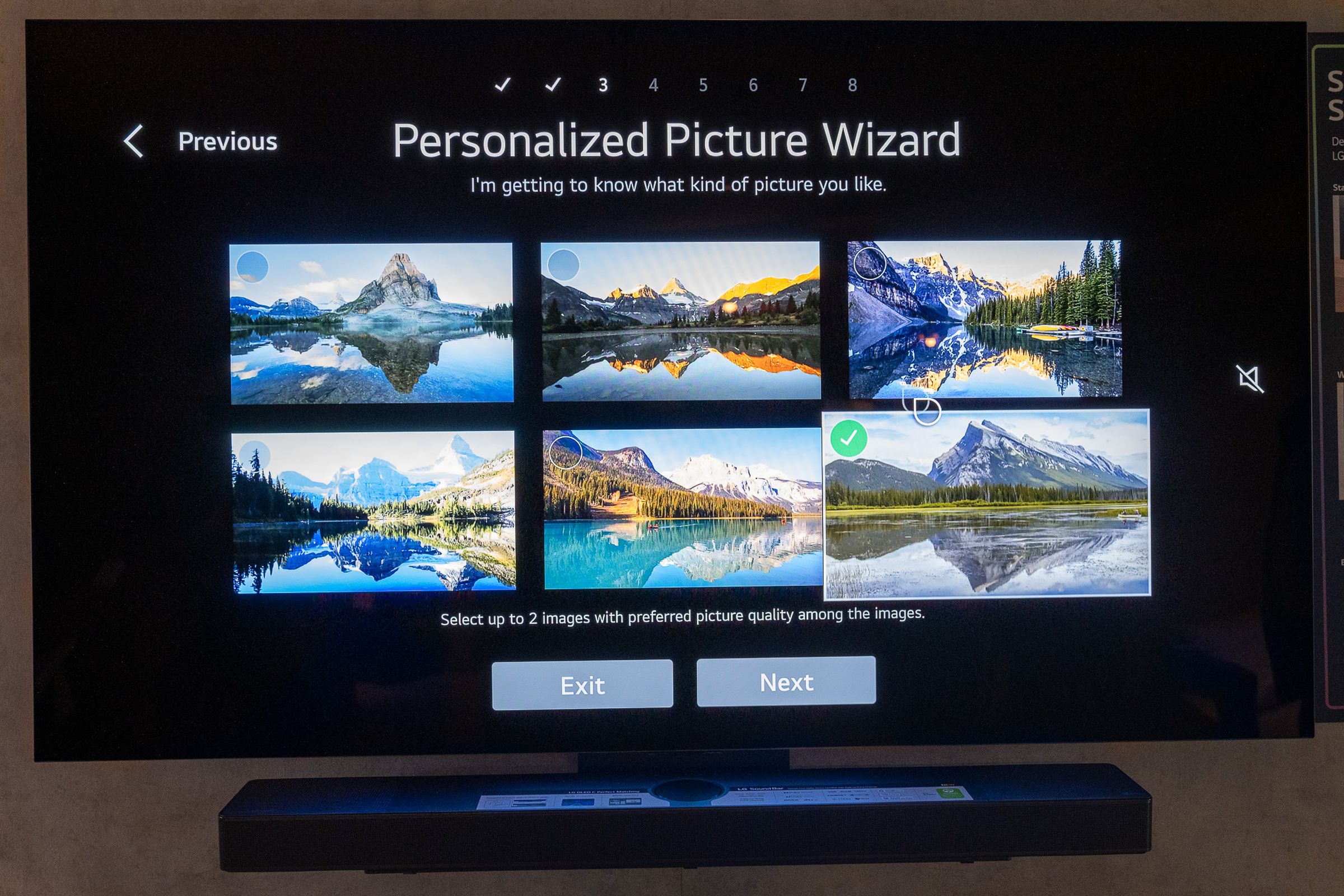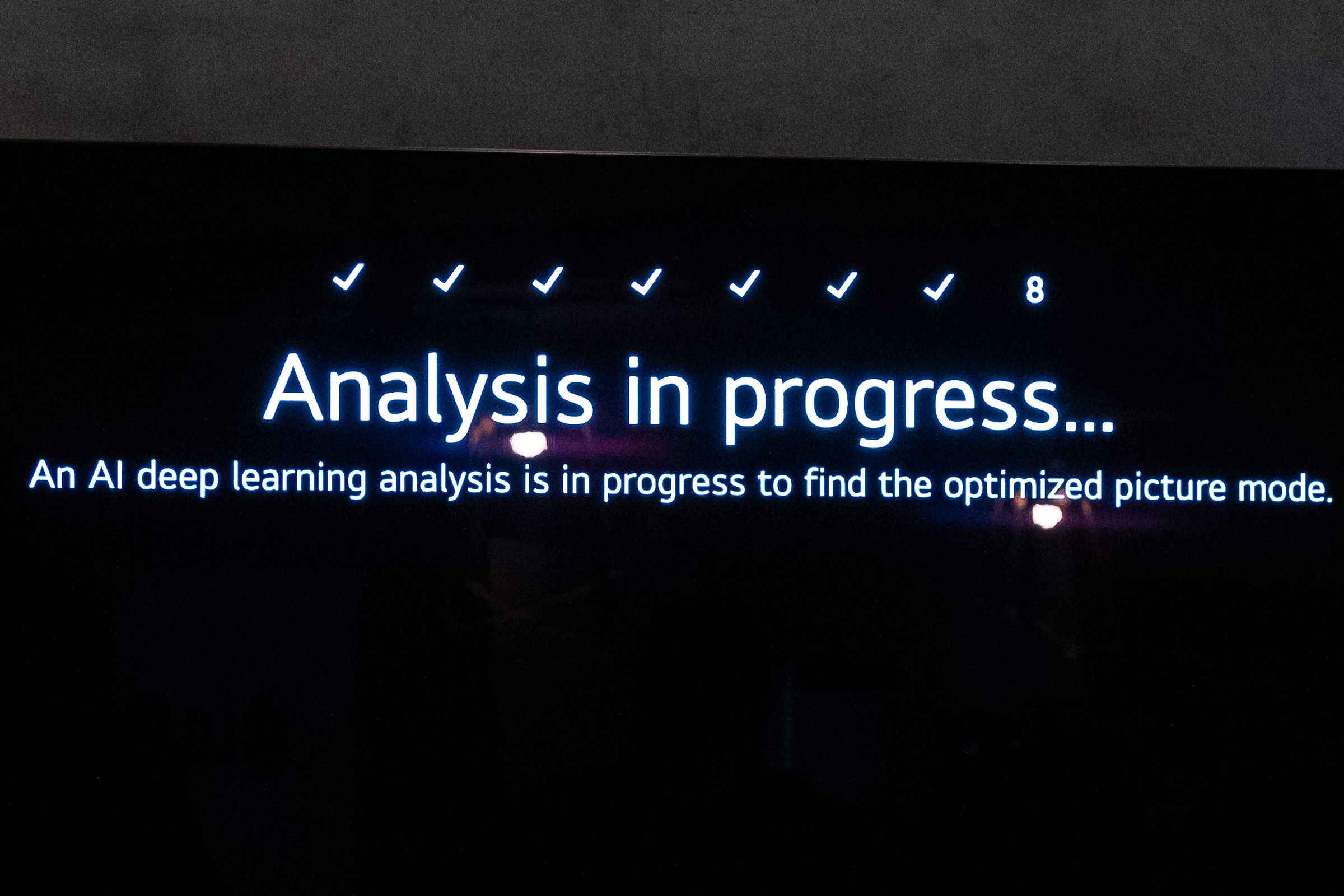Hundreds of millions of light-years away in a distant galaxy, a star orbiting a supermassive black hole is being violently ripped apart under the black hole’s immense gravitational pull. As the star is shredded, its remnants are transformed into a stream of debris that rains back down onto the black hole to form a very hot, very bright disk of material swirling around the black hole, called an accretion disc. This phenomenon—where a star is destroyed by a supermassive black hole and fuels a luminous accretion flare—is known as a tidal disruption event (TDE), and it is predicted that TDEs occur roughly once every 10,000 to 100,000 years in a given galaxy.
[…]
TDEs are usually “once-and-done” because the extreme gravitational field of the SMBH destroys the star, meaning that the SMBH fades back into darkness following the accretion flare. In some instances, however, the high-density core of the star can survive the gravitational interaction with the SMBH, allowing it to orbit the black hole more than once. Researchers call this a repeating partial TDE.
[…]
findings, published in Astrophysical Journal Letters, describe the capture of the star by a SMBH, the stripping of the material each time the star comes close to the black hole, and the delay between when the material is stripped and when it feeds the black hole again.
[…]
Once bound to the SMBH, the star powering the emission from AT2018fyk has been repeatedly stripped of its outer envelope each time it passes through its point of closest approach with the black hole. The stripped outer layers of the star form the bright accretion disk, which researchers can study using X-Ray and Ultraviolet /Optical telescopes that observe light from distant galaxies.
[…]
“Until now, the assumption has been that when we see the aftermath of a close encounter between a star and a supermassive black hole, the outcome will be fatal for the star, that is, the star is completely destroyed,” he says. “But contrary to all other TDEs we know of, when we pointed our telescopes to the same location again several years later, we found that it had re-brightened again. This led us to propose that rather than being fatal, part of the star survived the initial encounter and returned to the same location to be stripped of material once more, explaining the re-brightening phase.”
[…]
So how could a star survive its brush with death? It all comes down to a matter of proximity and trajectory. If the star collided head-on with the black hole and passed the event horizon—the threshold where the speed needed to escape the black hole surpasses the speed of light—the star would be consumed by the black hole. If the star passed very close to the black hole and crossed the so-called “tidal radius”—where the tidal force of the hole is stronger than the gravitational force that keeps the star together—it would be destroyed. In the model they have proposed, the star’s orbit reaches a point of closest approach that is just outside of the tidal radius, but doesn’t cross it completely: some of the material at the stellar surface is stripped by the black hole, but the material at its center remains intact.
[…]
More information: T. Wevers et al, Live to Die Another Day: The Rebrightening of AT 2018fyk as a Repeating Partial Tidal Disruption Event, The Astrophysical Journal Letters (2023). DOI: 10.3847/2041-8213/ac9f36












